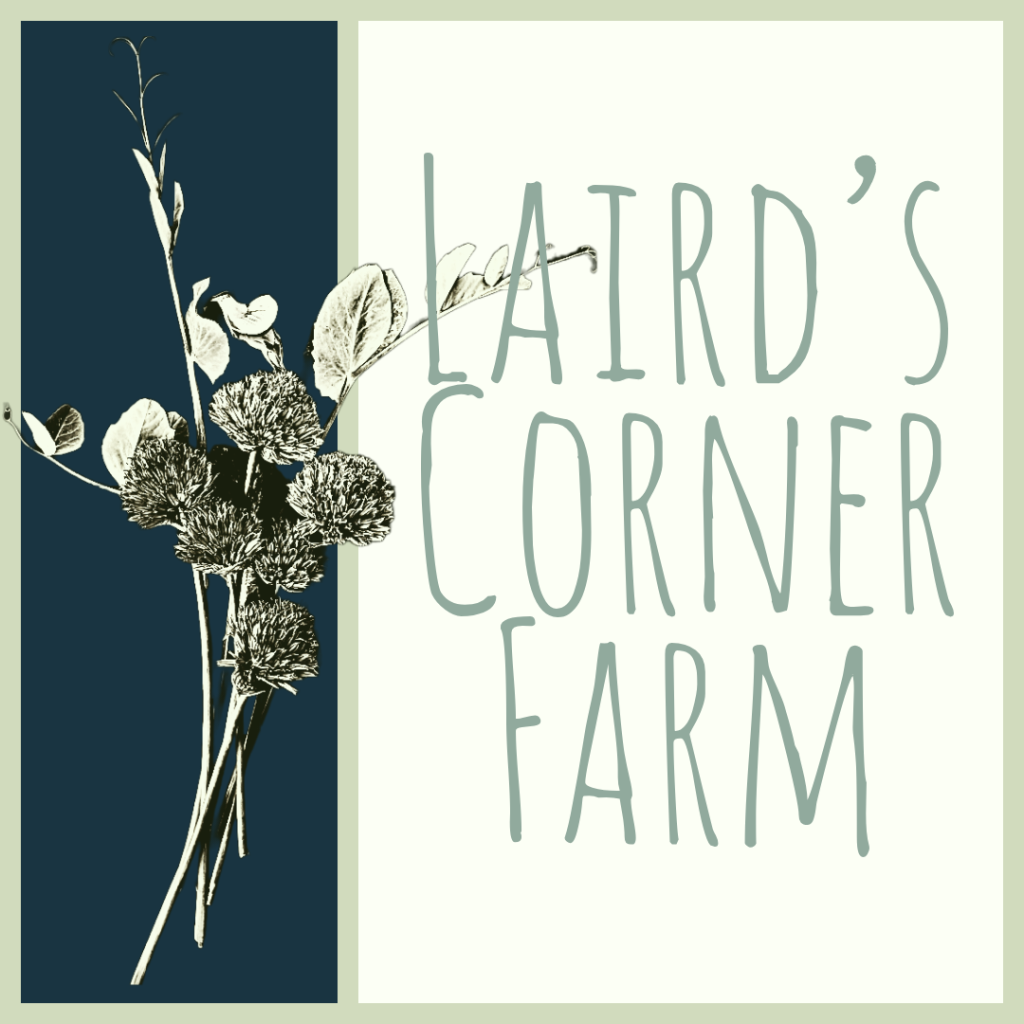Farm Journal: Perennial Weed Busting!
Exclamation points that really oversell my excitement about this topic!
Perennial weeds are our number one bugbear here at Laird’s Corner Farm. Depending on where you are on the property, you may find yourself in the thick of Himalayan blackberry, scotch broom, thistles, reed canarygrass, or hedge bindweed. The market garden area is actually pretty decent compared to some other spots; it only has dandelions, yellow dock, curly dock, some thistles, quackgrass (which I learned today is different from crabgrass), and some field bindweed. The first four of those don’t worry me much, since they’re taprooted and pretty easy to stop in their tracks if you pop them out of the ground before they drop seeds. The latter two, however. Oh, boy. Bindweed and quackgrass both spread via long, deep rhizomes. They’re almost impossible to entirely remove, and they will grow back from the merest fragment of rhizome left behind in contact with the soil. Bindweed is especially nasty because it twines up other plants to reach the light, smothering and shading out its host.
Oh, how I hate bindweed! I want to kill, kill, kill bindweed! (Okay, now there are some genuine exclamation points!)
We are dead-set against using herbicides like Roundup, so I’m going to test a few different ways to combat bindweed without chemicals. Fortunately, the bindweed is limited to the southern one-half to one-third of Block P. This whole area has now been hit twice with the cultivator attachment on the garden tractor. The follow-up experimental treatments will be:
- Deep and thorough manual weeding
- Black tarp, full season
- Cover crops plus black tarp
- Cover crops plus weeder geese
- Cycles of cover crops and repeated cultivation/disturbance
This fall, I’ll broadcast the same overwintering cover crops (likely annual ryegrass plus a legume) that I plan to use on Blocks 3 and 4.
I can already tell you I’m not going to go to the trouble of making this a scientifically rigorous trial. I’ll apply each treatment to the surface area that’s most convenient for that particular treatment, and I’ll judge the results by eyeballing it. I won’t know the full effects of these treatments until much later, maybe next year, but I’m hoping that at least one of these strategies knocks the bindweed back on its heels. Whichever one yields the best results, I will repeat next year… and the year after… and the year after that… Or maybe I’ll give up and decide my perennial crops can Deal With It. We’ll play it by ear.
